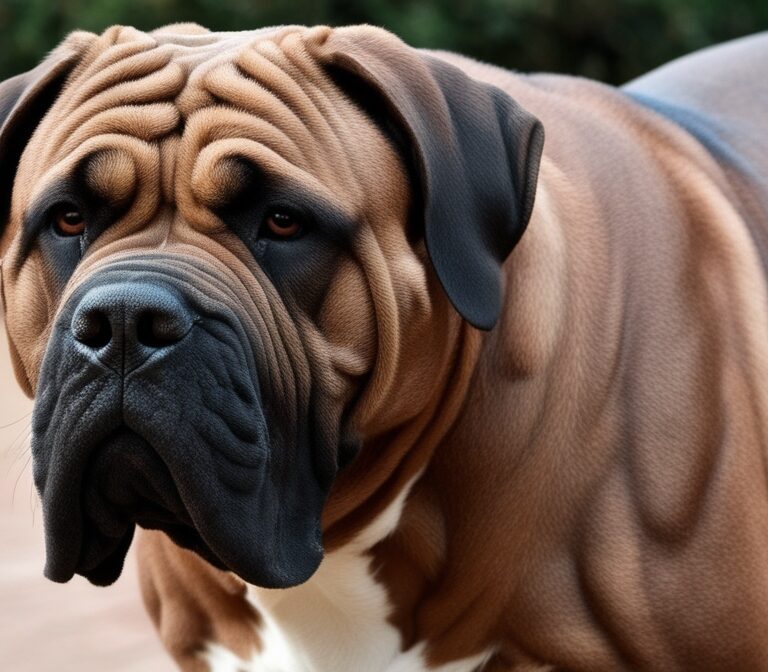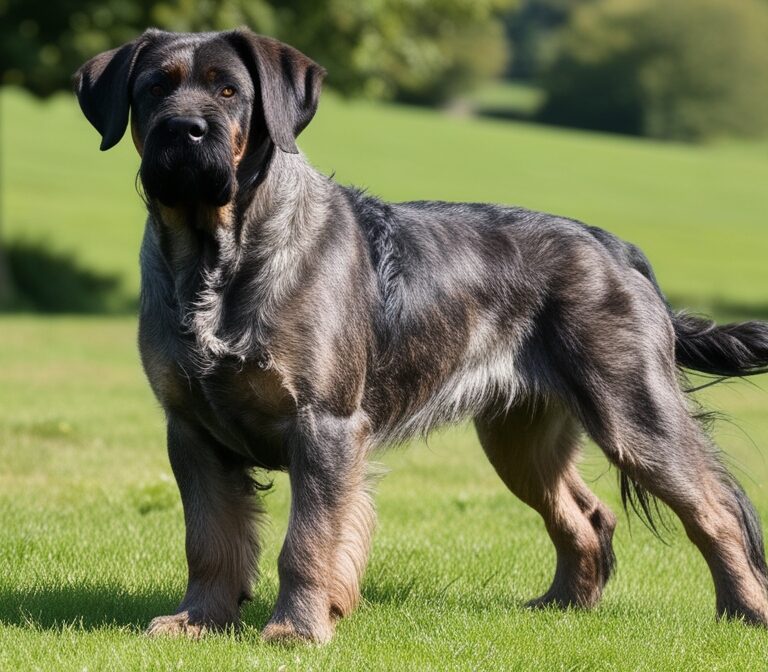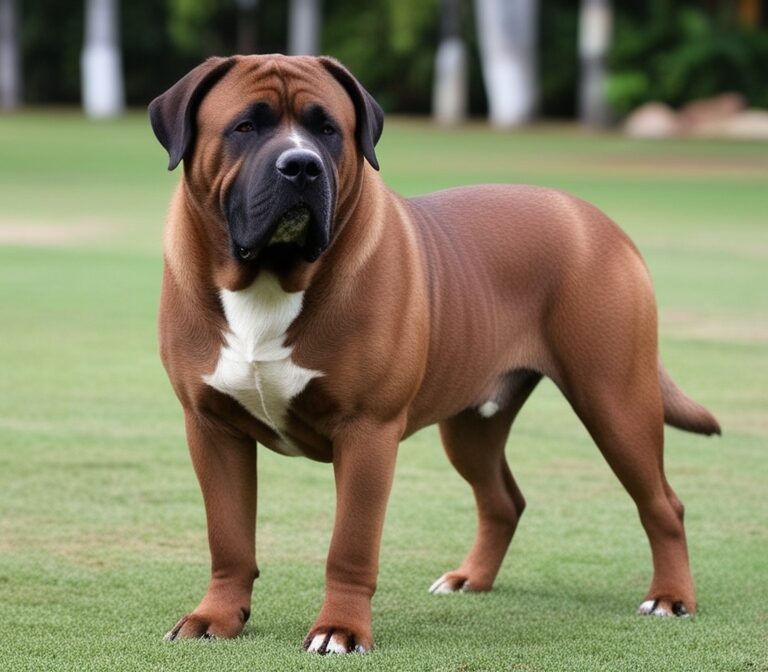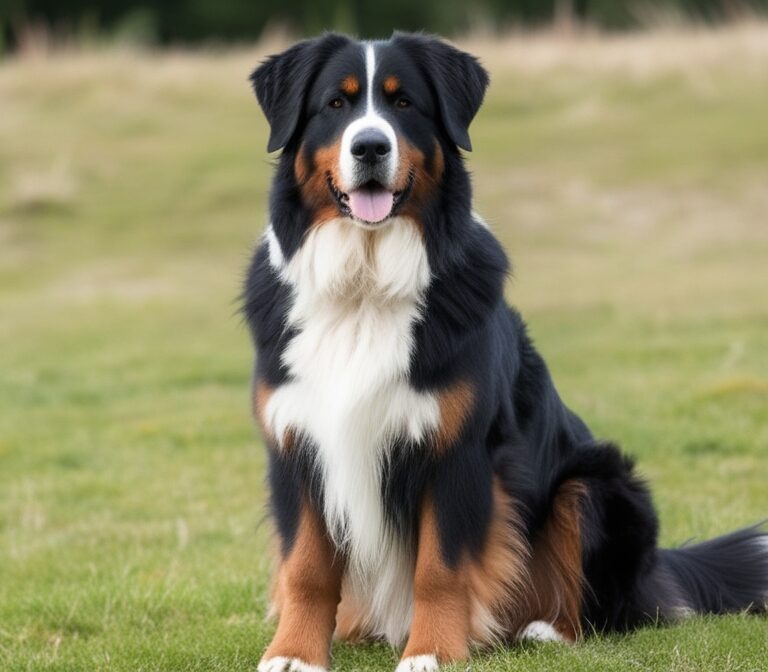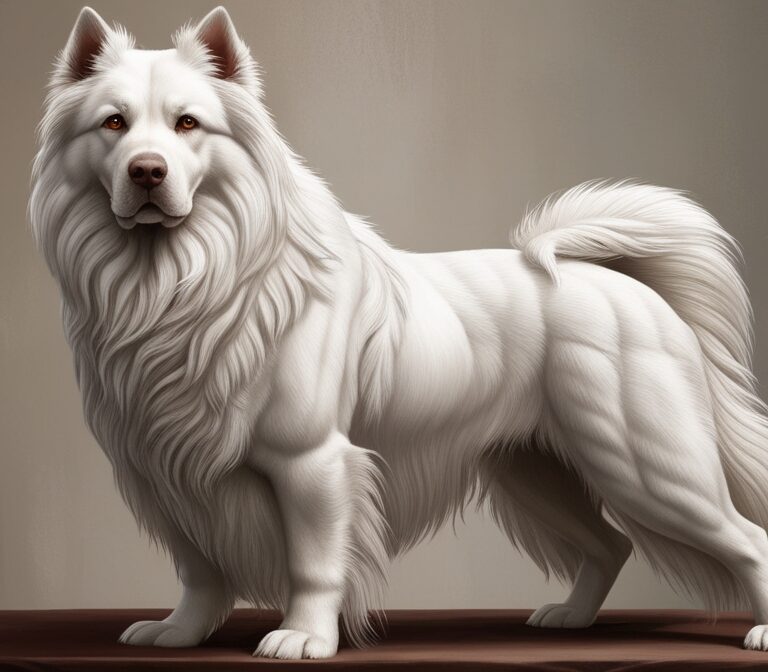Swedish Vallhund: The Complete Guide to the Viking Dog
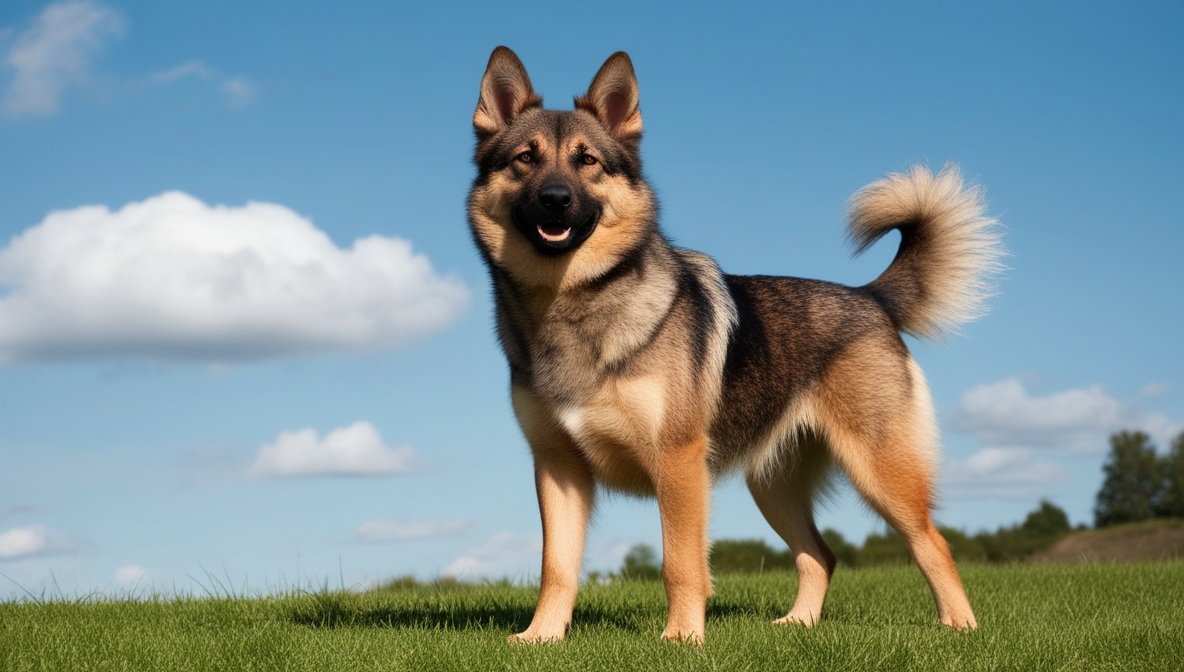
Introduction to the Swedish Vallhund
The Swedish Vallhund is a small yet powerful herding dog breed that has captured the attention of dog lovers around the world for its rich Viking heritage, intelligent temperament, and striking resemblance to the more well-known Corgi breeds. Often called the “Viking Dog” or “Vikingarnas Hund” in Swedish, this ancient breed has been a loyal farmhand for over 1,000 years. Characterized by its wolf-like face, wedge-shaped head, short legs, and muscular build, the Swedish Vallhund combines strength and agility in a compact frame.
Unlike many companion breeds developed for aesthetics, the Swedish Vallhund was bred with a purpose: to herd cattle, protect livestock, and guard farms in rural Sweden. Its instinctive abilities, sharp intelligence, and boundless energy make it a breed well-suited for active owners who enjoy outdoor adventures, dog sports, or working alongside a highly trainable partner.
The temperament of the breed stands out as one of its strongest qualities. Swedish Vallhunds are intelligent, energetic, watchful, friendly, and alert, making them not just effective working dogs but also affectionate companions. They thrive when given a “job,” whether that’s herding, obedience training, agility competitions, or simply engaging in mentally stimulating play at home.
While not as widely recognized as Corgis or German Shepherds, Swedish Vallhunds are steadily gaining popularity across North America, Europe, and Asia, thanks to breed recognition from organizations such as the American Kennel Club (AKC) and the Fédération Cynologique Internationale (FCI). Their increasing visibility in social media, agility competitions, and even dog shows highlights their adaptability in modern times.
In this complete guide, we will explore every aspect of the Swedish Vallhund, from its origins in Viking-age Scandinavia to its modern lifestyle as a family dog and working companion. You’ll learn about its health, grooming needs, exercise requirements, temperament, and training strategies. By the end, you’ll have all the information you need to decide whether this rare and fascinating breed is the right choice for your home.
Origins of the Swedish Vallhund
The history of the Swedish Vallhund is deeply intertwined with the Vikings of Scandinavia, who are believed to have bred and relied on these dogs for farm work and companionship as far back as 1,200 years ago. The name “Vallhund” translates directly to “herding dog” in Swedish, which reflects the breed’s primary role: moving and managing cattle across rough terrain.
Archaeological evidence and historical records suggest that the breed was present in Västergötland, Sweden, during the Viking Age (around the 8th to 11th centuries). Some historians argue that the Vallhund may have contributed genetically to the development of Welsh Corgis, given their strikingly similar appearance and shared herding instincts. Conversely, it is also debated whether the Vikings themselves introduced short-legged herding dogs into Wales during their raids, influencing the Corgi lineage instead. Regardless of which direction the genetic exchange occurred, the Swedish Vallhund remains one of the oldest recognized Scandinavian dog breeds.
By the early 20th century, the Vallhund population had dramatically declined, nearly leading to extinction. It wasn’t until the 1940s that Swedish dog enthusiasts, particularly Björn von Rosen and Karl-Gustav Zetterstéen, revived interest in the breed. Their dedicated preservation efforts resulted in official recognition by the Swedish Kennel Club (SKK) in 1943.
From there, the Vallhund slowly spread beyond Sweden’s borders. Today, the breed enjoys recognition from major kennel organizations, including the American Kennel Club (AKC) under the Herding Group, the United Kennel Club (UKC), and the Fédération Cynologique Internationale (FCI). Though still considered relatively rare outside of Scandinavia, it has gained a loyal following of enthusiasts in the United States, Canada, and the United Kingdom.
The breed’s heritage as a Viking dog not only appeals to history buffs but also underscores its unique place in the dog world: a small, sturdy, intelligent working breed that has survived for centuries thanks to its usefulness, adaptability, and loyal nature.
Recognition and Standards
The Swedish Vallhund enjoys recognition from several major international kennel clubs, each of which establishes breed standards to maintain uniformity across physical appearance, temperament, and working ability.
- American Kennel Club (AKC): Recognized the Swedish Vallhund in 2007, placing it in the Herding Group. The AKC describes the breed as “long and low, fearless and friendly, with a thick coat and a powerful presence despite its small size.”
- Fédération Cynologique Internationale (FCI): Recognizes the Vallhund under Group 5 (Spitz and Primitive Types), Section 3 (Nordic Watchdogs and Herders). This classification emphasizes its Scandinavian roots and herding skills.
- United Kennel Club (UKC): Lists the breed in the Herding Group, noting its intelligence and strong working instincts.
- Swedish Kennel Club (SKK): As the breed’s home-country registry, the SKK sets the primary standard, including coat color, acceptable markings, and tail variations.
Breed standards emphasize several physical and behavioral traits:
- Size: 11.5–13.75 inches in height at the shoulder
- Weight: Typically 20–35 pounds
- Build: Long, low, muscular frame with a deep chest and short, sturdy legs
- Head: Wedge-shaped with a keen, alert expression
- Coat: Medium-length double coat, harsh to the touch with a dense undercoat
- Colors: Sable in shades of gray, red, and brown, often with lighter markings on the chest, belly, and legs
- Tail: Can be naturally long, bobbed, curled, or stubby — all are accepted within breed standards
Temperament standards highlight the Vallhund’s intelligence, energy, friendliness, and alertness, making it both a skilled worker and an affectionate household companion. Importantly, breed standards stress that this dog should always display confidence without aggression and maintain its watchful herding instincts.
Recognition across multiple kennel clubs has helped standardize the breed worldwide, ensuring that the heritage and function of the Swedish Vallhund remain intact while allowing for modern adaptation as both a working and companion dog.
Physical Characteristics of the Swedish Vallhund
The Swedish Vallhund is a compact yet powerful dog, well-known for its long body, short legs, and wolf-like facial features. Unlike some toy breeds that were miniaturized for aesthetics, the Vallhund’s build evolved out of functionality. Its stature allowed it to nip at the heels of cattle while avoiding kicks, making it an efficient herding dog on Scandinavian farms.
Size and Weight:
Adult Swedish Vallhunds typically stand 11.5–13.75 inches at the shoulder and weigh between 20–35 pounds. Their proportionate, muscular bodies provide the strength and stamina required for long workdays in the fields.
Coat and Colors:
The Vallhund sports a double coat, consisting of a harsh, weather-resistant outer layer and a dense undercoat that offers insulation against harsh Nordic winters. Coat colors range across sable shades of gray, red, and brown, often accompanied by lighter “harness markings” on the chest, belly, legs, and muzzle. This sable pattern is a defining trait of the breed.
Head and Expression:
The head is wedge-shaped with a strong muzzle, erect medium-sized ears, and a keen, alert expression. Their eyes are oval and medium-sized, often radiating intelligence and curiosity.
Tail Variations:
One of the unique features of the Vallhund is its natural tail variety. Puppies may be born with long tails, bobtails, stub tails, or curled tails — all of which are accepted in the breed standard. This genetic diversity adds to the breed’s charm and individuality.
Overall Impression:
Although small in stature, the Swedish Vallhund exudes strength, agility, and determination. Its body is longer than it is tall, but not to the exaggerated extent seen in Dachshunds. Every aspect of its build reflects its working heritage: low to the ground for agility, sturdy legs for endurance, and a coat suited for extreme weather.
From a distance, the Vallhund’s wolf-like appearance, coupled with its short legs, often leads to comparisons with the Welsh Corgi. However, while the resemblance is striking, their histories and functions diverge in unique ways — something we’ll explore in detail later.
Temperament of the Swedish Vallhund
The temperament of the Swedish Vallhund makes it one of the most rewarding breeds for active families and working dog enthusiasts. This breed is consistently described as intelligent, energetic, watchful, friendly, and alert, making it a versatile companion for many lifestyles.
Intelligent and Quick-Learning:
The Vallhund’s intelligence is immediately apparent. Ranked among the most trainable breeds in the herding category, it thrives when given challenges such as obedience training, agility courses, or puzzle toys. Owners often report that Vallhunds learn commands quickly but also enjoy testing boundaries with their mischievous personalities.
Energetic and Active:
True to its working-dog roots, the Swedish Vallhund requires significant physical and mental stimulation. A bored Vallhund may become vocal, destructive, or restless. Long daily walks, play sessions, and structured training are essential to keeping them balanced and happy.
Watchful and Protective:
As a natural herder, the Vallhund possesses strong watchdog instincts. While they are not aggressive, they are alert and vocal when strangers approach, making them excellent early-warning systems for households. Their bark is sharp and assertive, often surprising newcomers who expect a small dog to be quiet.
Friendly and Affectionate:
Despite their guarding instincts, Vallhunds are deeply loyal and affectionate with their families. They tend to form strong bonds with their owners and enjoy participating in family activities. With proper socialization, they get along well with children, other dogs, and even cats.
Adaptability:
The Vallhund adapts well to different environments, but it thrives in homes where it can stay active. Apartment living is possible if exercise needs are met, though a yard or open space is preferable.
Overall, the Swedish Vallhund’s temperament strikes a balance between work ethic and companionship. They are watchdogs, herders, playmates, and cuddle buddies all in one — an ideal choice for active individuals or families seeking an energetic yet loyal partner.
Swedish Vallhund vs. Corgi
One of the most common questions about the Swedish Vallhund is how it compares to the Welsh Corgi, given their similar short-legged, long-bodied appearance. While the breeds share physical traits and herding instincts, they have distinct histories, temperaments, and functions.
Origins:
- Swedish Vallhund: Originated in Sweden over 1,000 years ago, with ties to Viking culture.
- Welsh Corgi: Originated in Wales, primarily as a cattle herding dog in rural farms.
Appearance:
Both breeds are long-bodied with short legs, but the Vallhund’s look is more wolf-like, with pointed ears and a sable coat pattern. Corgis come in two main varieties: the Pembroke Welsh Corgi, often with a docked tail, and the Cardigan Welsh Corgi, with rounded ears and a longer tail.
Temperament:
- Swedish Vallhund: Highly energetic, watchful, and vocal. Known for being adaptable but needing plenty of mental stimulation.
- Welsh Corgi: Equally intelligent but slightly more people-pleasing, making them a bit easier for novice owners to train.
Working Drive:
Vallhunds retain a stronger herding instinct, making them more task-oriented. They are bred to move cattle and act independently, whereas Corgis, while also skilled herders, often function better as dual-purpose pets.
Health and Longevity:
Both breeds live 12–15 years on average, though health risks differ slightly. Vallhunds are prone to hip dysplasia and eye conditions, while Corgis are more susceptible to back problems due to their longer spines.
Popularity:
The Corgi enjoys worldwide fame thanks to its royal association with the British monarchy, while the Vallhund remains relatively rare outside Scandinavia. However, Vallhunds are steadily gaining recognition among those seeking a less mainstream alternative to the Corgi.
In summary, the Vallhund and Corgi may look like cousins, but their cultural heritage and work styles differ significantly. Dog lovers who want a rarer, Viking-connected herder often find the Swedish Vallhund to be an exciting choice.
Life Expectancy and General Health
The Swedish Vallhund has a life expectancy of 12–15 years, aligning with other medium-sized working breeds. With proper care, nutrition, and veterinary monitoring, many Vallhunds live active, healthy lives well into their teens.
Common Health Issues:
Hip Dysplasia: As a herding breed, Vallhunds are prone to this joint condition, which can affect mobility. Responsible breeders perform hip scoring tests to minimize risk.
Eye Conditions: Progressive Retinal Atrophy (PRA) and cataracts can occur, potentially leading to vision loss. Regular eye exams are recommended.
Patellar Luxation: Some Vallhunds may experience kneecap instability, a condition shared by many small to medium breeds.
Weight Gain: Despite being active, Vallhunds are food-motivated and can easily gain weight, which increases stress on their joints.
Preventative Care:
Routine veterinary check-ups, balanced nutrition, and consistent exercise are essential. Genetic testing by breeders reduces the likelihood of inheritable conditions.
Longevity Factors:
Dogs engaged in daily exercise and mental stimulation generally enjoy longer, healthier lives. Vallhunds that remain active — whether through herding, agility training, or consistent play — often maintain youthful energy well past 10 years old.
While the Swedish Vallhund is a robust, hardy breed, prospective owners should understand that proactive health management is necessary to support its lifespan. Preventing obesity, monitoring for hereditary conditions, and ensuring regular vet visits will maximize their well-being.
Nutrition for a Swedish Vallhund
A balanced diet is crucial for maintaining the Swedish Vallhund’s energy, muscle development, and long-term health. As an active herding breed, Vallhunds require high-quality nutrition tailored to their size and activity level.
Diet Composition:
- Protein: At least 20–25% of daily intake should come from animal proteins such as chicken, beef, lamb, or fish to support muscle health.
- Fats: Healthy fats (10–15%) from fish oil or chicken fat provide energy and support a glossy coat.
- Carbohydrates: Moderate levels of complex carbs from sources like sweet potatoes, brown rice, or oats fuel active lifestyles.
- Vitamins & Minerals: Essential for joint health and immune support, especially in preventing age-related conditions.
Feeding Frequency:
Puppies benefit from 3–4 smaller meals daily to support growth, while adults typically thrive on 2 meals per day. Overfeeding should be avoided, as Vallhunds have a tendency to gain weight easily.
Foods to Avoid:
Chocolate, onions, grapes, raisins, xylitol, and excessive fatty foods are toxic or unhealthy.
Special Considerations:
For dogs prone to hip or joint issues, diets enriched with glucosamine and chondroitin are recommended. Omega-3 supplements also help reduce inflammation and maintain coat quality.
By following a nutritionally balanced feeding plan, owners can ensure their Vallhunds maintain the energy, stamina, and health necessary to thrive in both working and family environments.
Conclusion:
The Swedish Vallhund is far more than a rare Scandinavian breed — it is a living piece of Viking history, a tireless worker, and a deeply affectionate companion. For over a thousand years, this small but powerful herding dog has proven itself as a loyal farmhand, watchdog, and family protector. Today, it continues to thrive as both a working dog and a modern family pet, provided its needs for activity, training, and companionship are met.
If you are considering bringing a Swedish Vallhund into your home, there are a few essential points to weigh:
- Energy Level: This breed is highly active and will not be content with a sedentary lifestyle. Daily exercise, training, and play are non-negotiable. Owners who enjoy hiking, running, agility sports, or other outdoor activities will find a perfect partner in the Vallhund.
- Intelligence and Trainability: Vallhunds are quick learners but also independent thinkers. They thrive in homes where consistent, positive reinforcement training is provided. Mental stimulation is as important as physical activity.
- Family Life: With proper socialization, the Swedish Vallhund is an excellent family dog. It bonds strongly with children, integrates well with other dogs, and even coexists peacefully with cats when raised together. Their friendly yet watchful temperament makes them protective without being overly aggressive.
- Maintenance: Grooming needs are moderate, with regular brushing required to manage seasonal shedding. Health care, particularly monitoring for hip dysplasia and eye conditions, should be part of routine ownership.
- Commitment: Vallhunds are long-lived, often reaching 12–15 years, meaning they require a long-term commitment. They thrive in homes where they are treated not just as pets but as active members of the family.
For those who can meet these demands, the Swedish Vallhund offers an incredibly rewarding experience. Few breeds combine such a rich historical legacy with modern adaptability. Whether you are drawn by its Viking heritage, its corgi-like appearance, or its energetic personality, one thing is certain: life with a Vallhund is never dull.
In conclusion, the Swedish Vallhund is the right breed for individuals or families who want an intelligent, energetic, and loyal companion that thrives on activity, engagement, and love. If you’re ready to welcome a dog that carries the spirit of the Vikings while fitting seamlessly into contemporary family life, the Swedish Vallhund may just be your perfect match.
